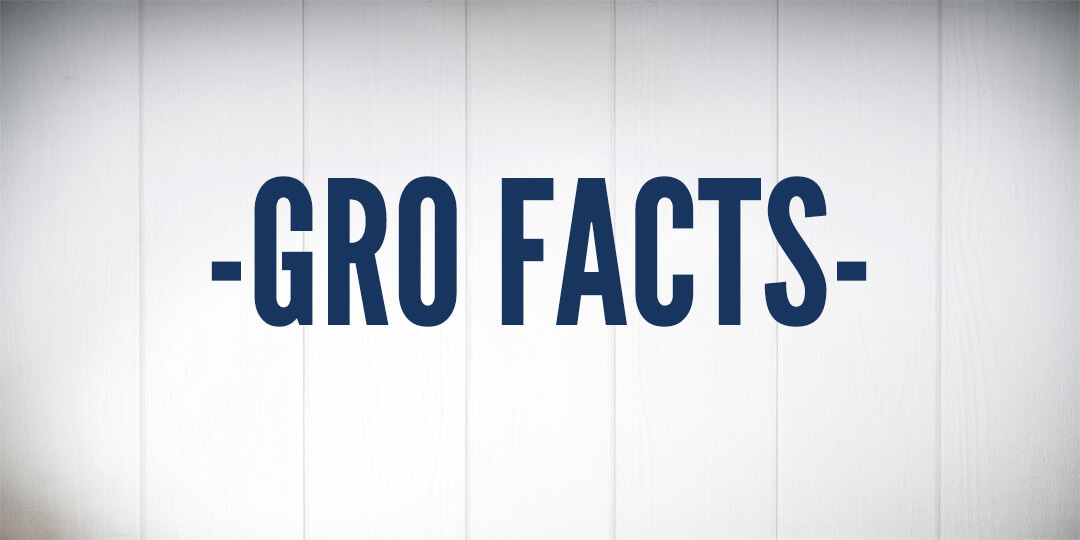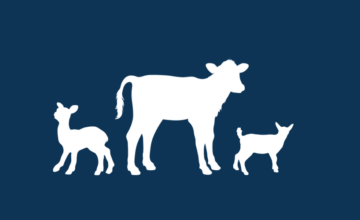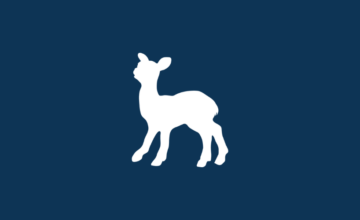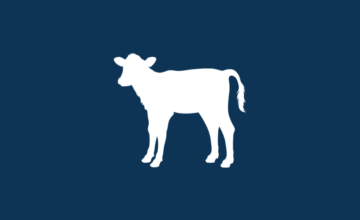Water – The Forgotten Nutrient
- Dec 03, 2012
- By Grober Nutrition
- In Canada, USA
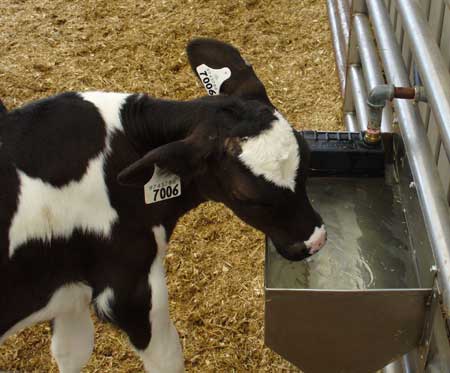 Water is the nutrient required in greatest quantity by young animals accounting for 70-75% of a young animal’s body weight. It is often overlooked as an essential nutrient. Water is needed daily for the transport or nutrients, the excretion of waste products (urine and faeces), the digestion of feed, the maintenance of osmotic pressure, the lubrication of joints and eyes, the exchange of CO2 with oxygen in the lungs, and the regulation of body temperature – especially heat release by the lungs and urine. Bacteria in the rumen can only survive in a water environment. Most of the water that enters the rumen is from free water intake. Milk or milk replacer bypasses the rumen due to the esophageal groove that can be active until 12 weeks of age. The esophageal groove works to ensure that milk bypasses the rumen and goes directly into the abomasum (the true stomach). That process allows for milk to be digested and absorbed quickly. Water entering the rumen is a part of early rumen development. The water in milk or milk replacer cannot replace the necessity of fresh, clean water which should be offered daily to all animals. The intake of water stimulates starter intake (Kertz et al 1984) and promotes greater total feed intake (Thickett et al, 1981), which leads to improved performance and health (see Table 1). That being said, calves will often drink water because they are still hungry for milk – water does not provide calories!
Water is the nutrient required in greatest quantity by young animals accounting for 70-75% of a young animal’s body weight. It is often overlooked as an essential nutrient. Water is needed daily for the transport or nutrients, the excretion of waste products (urine and faeces), the digestion of feed, the maintenance of osmotic pressure, the lubrication of joints and eyes, the exchange of CO2 with oxygen in the lungs, and the regulation of body temperature – especially heat release by the lungs and urine. Bacteria in the rumen can only survive in a water environment. Most of the water that enters the rumen is from free water intake. Milk or milk replacer bypasses the rumen due to the esophageal groove that can be active until 12 weeks of age. The esophageal groove works to ensure that milk bypasses the rumen and goes directly into the abomasum (the true stomach). That process allows for milk to be digested and absorbed quickly. Water entering the rumen is a part of early rumen development. The water in milk or milk replacer cannot replace the necessity of fresh, clean water which should be offered daily to all animals. The intake of water stimulates starter intake (Kertz et al 1984) and promotes greater total feed intake (Thickett et al, 1981), which leads to improved performance and health (see Table 1). That being said, calves will often drink water because they are still hungry for milk – water does not provide calories!
|
Effect of free choice water on calf performance |
Water |
|
|
Free Choice |
None |
|
|
Daily gain (grams) |
309 |
180 |
|
Calf starter intake (kg) |
11.8 |
8.18 |
|
Scour days per calf |
4.5 |
5.4 |
Table 1 Summary of water trial results During periods of water loss, (e.g. scours or hot, humid weather) or water restriction (ice, dirty water, inadequate supply) dehydration will negatively affect feed intake and digestibility. Even mild dehydration (1-5% loss of body), with symptoms not visible to the human eye reduces metabolic efficiency and impairs the calf’s ability to regulate body heat (ear and leg extremities feel cool to the touch). As dehydration becomes more severe (9-11% of body weight), calves become depressed. When dehydration reaches 12-15% of body weight calves may die.
|
Age (months) |
Litres per day |
|
1 |
5-7.5 |
|
2 |
5.5-9 |
|
3 |
8-10 |
|
4 |
11.5-13.5 |
Table 2 Typical water intake for Holstein calves at 10-26 oC Water requirements change according to age and temperature (see Table 2). Once temperatures approach 32⁰C that requirement increases dramatically. It is necessary to maintain hydration and also cool the body – heat is generated through the constant process of metabolism and digestion in the calf. If enough water is not available to help cool the body, the animal will reduce their feed intake. An interesting fact is that calves seem to prefer warm water – intake was shown to be 47% higher compared to calves offered cool water (Huuskonen et al, 2011). There was no difference in health and growth parameters of calves offered warm versus cold water. Whether water is offered by pail or by nipple the total amount of water consumed does not seem to be affected (Hepola, 2008). When a calf is ill or scouring, water requirements will increase to maintain hydration and help heal the body. Furthermore, calves that consume water when they are healthy tend to have fewer days scouring and when they do scour the outbreak is less severe. Providing free-access water is a critical part of a successful feeding program for calves. It is a critical nutrient that ensures strong early development and helps maintain good health. Using water to ensure an optimal calf feeding program:
- Fresh, clean water – drives starter intake, encourages rumen development.
- Water is a separate nutrient – Water through milk or milk replacer is not enough, it is absorbed separately within the body and is designed to perform different functions.
- Sanitation – clean all buckets and containers daily. Check automatic systems regularly to ensure clean and adequate flow.
Grober Nutrition
Recent Posts
Tags
Archives
- October 2024
- July 2024
- May 2024
- April 2024
- January 2024
- December 2023
- October 2023
- September 2023
- August 2023
- June 2023
- December 2022
- November 2022
- October 2022
- August 2022
- July 2022
- June 2022
- May 2022
- April 2022
- March 2022
- February 2022
- January 2022
- August 2021
- February 2021
- September 2020
- June 2020
- April 2020
- May 2017
- April 2017
- October 2016
- September 2016
- August 2016
- March 2016
- March 2015
- January 2015
- December 2014
- December 2013
- September 2013
- May 2013
- January 2013
- December 2012
- November 2012
- March 2012
- March 2011
- February 2011
- November 2010
- August 2010
- December 2009
- November 2009
- March 2009


